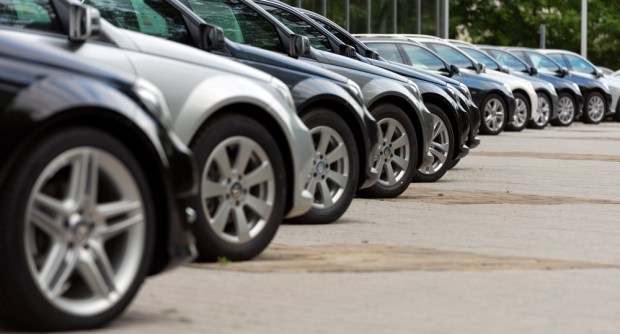Lower Gas Prices, Changing Weather Fuel US Automotive Growth

The U.S. automotive industry has long been a barometer parallel to the country’s overall economic performance.
Following successful job growth over the last few years, it’s no surprise that the automotive industry has done quite well in the past year. Research from global information company the NPD Group shows significant growth for the car sector with a 2.9 percent retail sales increase equaling $15 billion.
Like many other industries, this industry is affected by outside factors. The U.S. automotive industry was impacted by a few factors, including unit growth acceleration, reduction in average car prices and miles driven, new car sales, lower gas prices, and inconsistent weather patterns.
In a press release, the NPD Group’s director and automotive industry analyst, Nathan Shipley, commented on the reasons for the U.S. automotive industry’s successful year.
“Declining retail prices driven by a push for private-label along with an increase in deeper promotions is behind this dollar/unit retail dichotomy,” he said. “Though the dollar sales growth rate has slowed, a number of factors helped the industry to stay on the plus side in 2016. Overall, 2016 had the lowest gasoline prices on record out of the last five years, inspiring consumers to drive more. In addition, new car sales in 2016 unexpectedly set a record by outperforming 2015, benefiting categories such as appearance chemicals and accessories as consumers look to accessorize and maintain that new car appearance.”
One area of particular interest is the reported December 2016 spike in automotive sales. The research attributes this to the colder weather patterns of late 2016 as compared with a warmer Q4 in 2015. It confirmed cold weather ws the reason for all of the top-selling months.
The NPD Group’s research is predicting a 1.9 percent decline in U.S. automotive sales in 2017 if retail pricing, miles driven and gas prices are reflective of 2016 patterns.
Shipley added, “Declining retail prices coupled with a slowdown in miles driven in recent months point to a decline in retail dollar sales in 2017. I expect that miles driven growth will slow, due in part to higher gasoline prices, which were 20 percent higher in the first four weeks of 2017 than the same period last year. As always, extreme weather events are impossible to foresee but help the industry to grow.”
